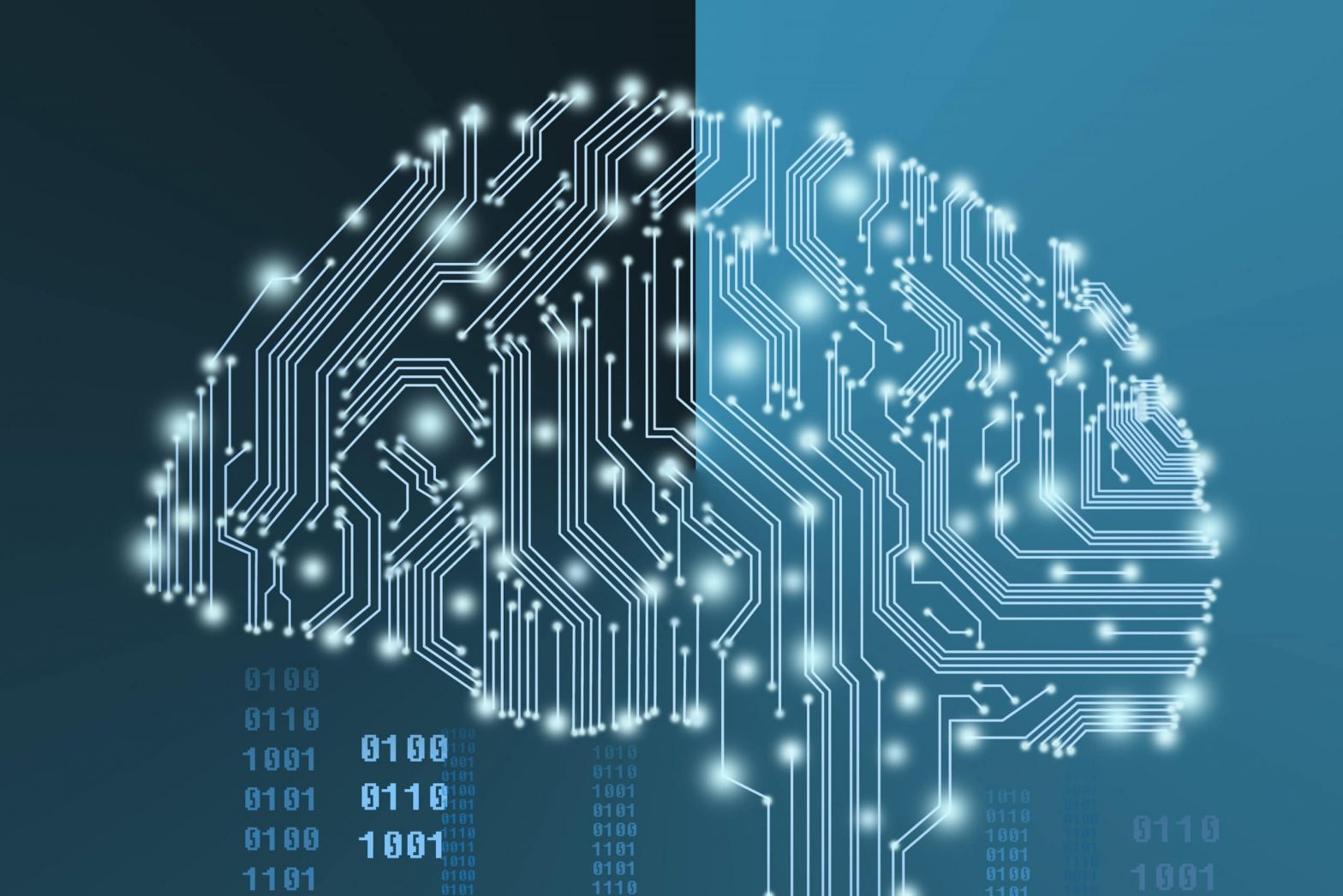
There was a time when people had to buy the newspaper (news on paper, literally), find the jobs session, and browse through it to find an advertised open role. If found, they had to mail their resume to apply or go to the employer’s location to drop their resume off.
Then, there came the Internet, with jobs advertised on boards online, and the possibility to send resumes using electronic mail (email). Day after day, people stopped buying newspapers for job finding. A multitude of websites with job announcements, those job boards, and many organizations started publishing open roles online. Applying to jobs became clicks away.
Human resources departments, in their effort to find the best candidates for their companies or clients, got flooded with digital resumes. Hiring processes became longer, with HR people screening tons of received information. “Isn’t there a way to use technology to help us here?”, they probably asked themselves. The applicant tracking system (ATS) was born.
Applying filtering techniques always existed, but the manual screening process throughput was not enough to satisfy the business needs. An ATS can reduce the time HR spends on finding candidates to present to hiring managers, but the software has to be programmed. Companies have to create filters for the ATS to find the best candidates.
Initially, the ATS filters were static and were made from keywords: those acronyms, skills, experiences, names a hiring manager told HR to look for to identify candidates. A modern ATS could suggest keywords based on a database. But how accurate is that database? How is the job description that HR has similar to the description in that database? The ATS should have a way to adjust to its customer’s needs more easily.
Now, automation brings a way to improve this process. An ATS could use Artificial Intelligence to suggest keywords and create the screening filter automatically. But what if the AI engine creates and applies a filter that is not aligned with the hiring manager’s desire? Is Artificial Intelligence the villain here?
Definitely not! Artificial Intelligence is the engine. Algorithms are the gears that make the engine work. The better the algorithm is in creating the screening filters, the more accurate the results will be, and the more aligned to the job description the candidates will be. If the ATS can use Machine Learning, the accuracy will improve over time. If algorithms are the gears to the AI engine, ML gives the ability to the ATS to adjust those gears themselves.
It is time to stop picking on technology for the wrong reasons. Jobseekers get frustrated with ATS in general because they want that job interview, but the software just follows commands. Don’t get me wrong, I am on your side: I want Artificial Intelligence and related technologies to improve everyone’s lives, but it is unfair to shoot the messenger.






